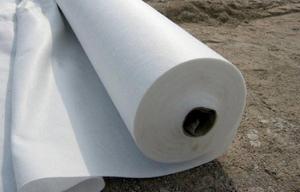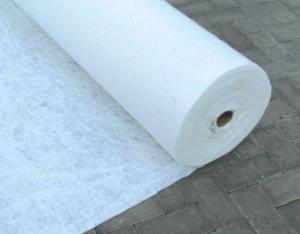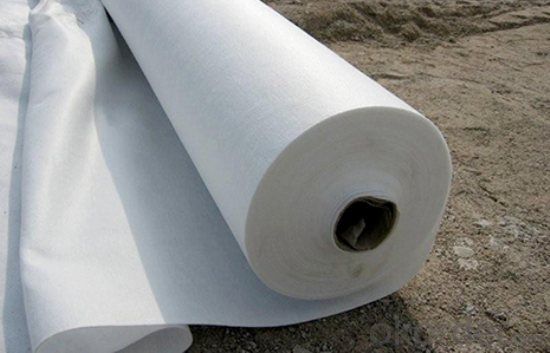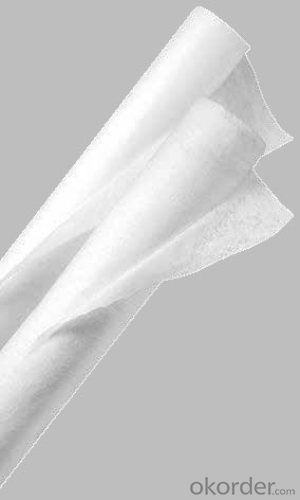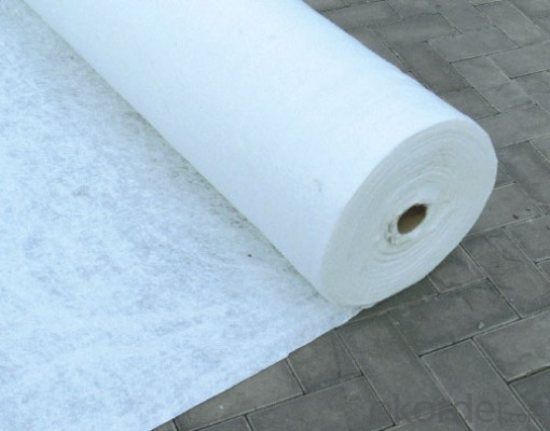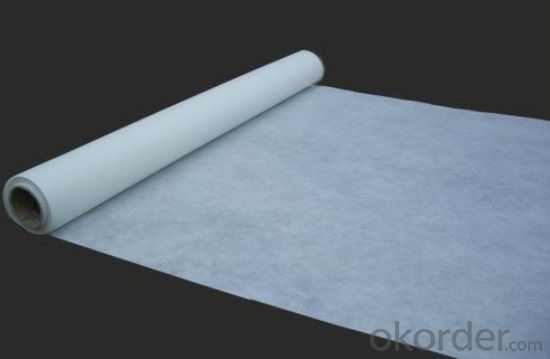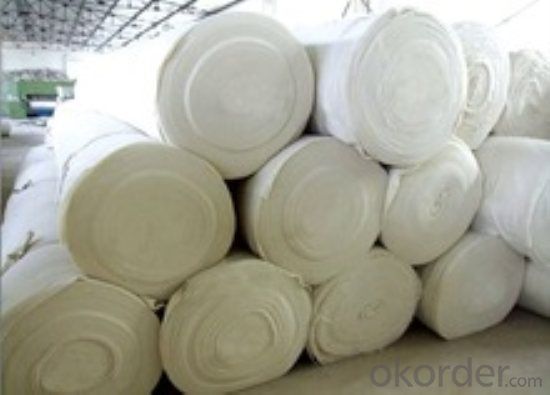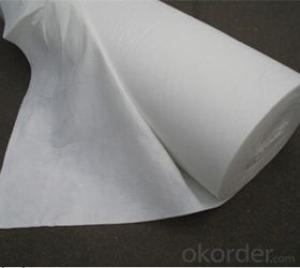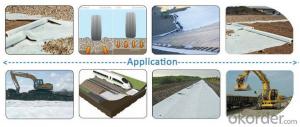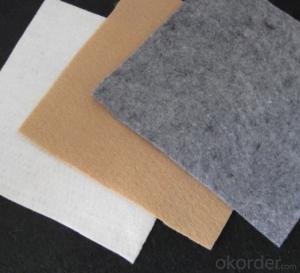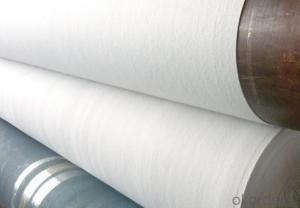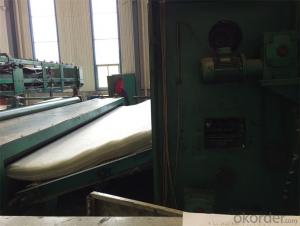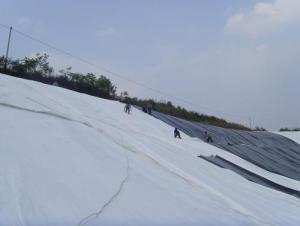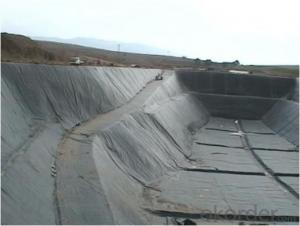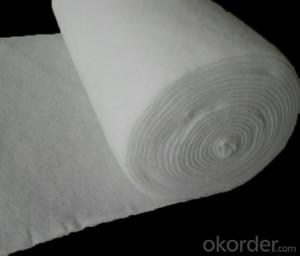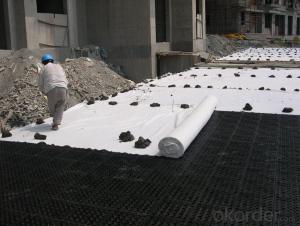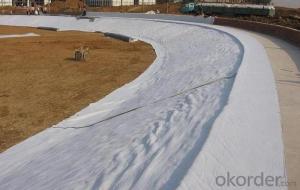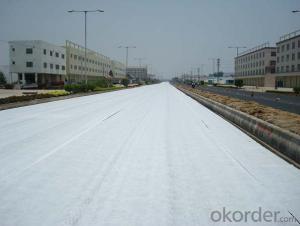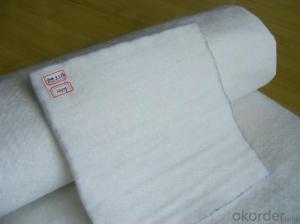Spunbond PP/PET Needle Punch Geotextile for Architectural Engineering
- Loading Port:
- Qingdao
- Payment Terms:
- TT or LC
- Min Order Qty:
- 5000 m²
- Supply Capability:
- 100000 m²/month
OKorder Service Pledge
OKorder Financial Service
You Might Also Like
PP/PET Needle Punched Geotextile for Architectural Engineering
Description Of PP/PET Needle Punched Geotextile for Architectural Engineering
PP or PET needle punched geotextile is made from PP or PE materials by melting down, fiber-drawing, and cutting into 4-9 dtox, 50-76mm PP fibre before carding, lapping and weaving into needle punched non woven fabric.
Main Features of PP/PET Needle Punched Geotextile for Architectural Engineering
Good tenacity, high density, loose structure, anti-corrosion, anti-aging, acid-and-alkali-resistance, good water absorption and permeability, high tensile strength, strong anti-deformation, filtering and isolation performance, operability for construction.
Applications of PP/PET Needle Punched Geotextile for Architectural Engineering
Used in the area of highway, railway, dam, coastal beach for reinforcement, filtration, separation and drainage, especially used in salt marshes and garbage burying field. It can also be used as filter fabric around drainage material, car upholstery, foot pad, clothes liner, gloves, rags and insoles.
IMages of PP/PET Needle Punched Geotextile for Architectural Engineering
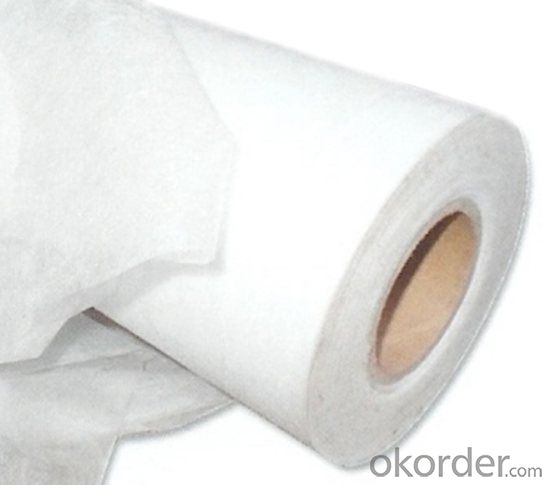
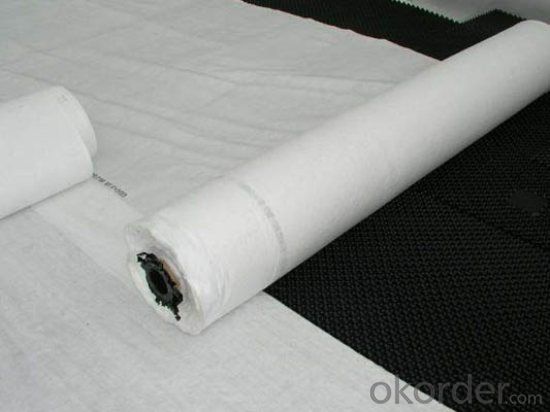
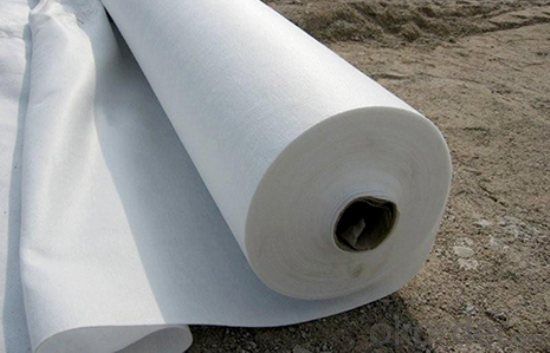
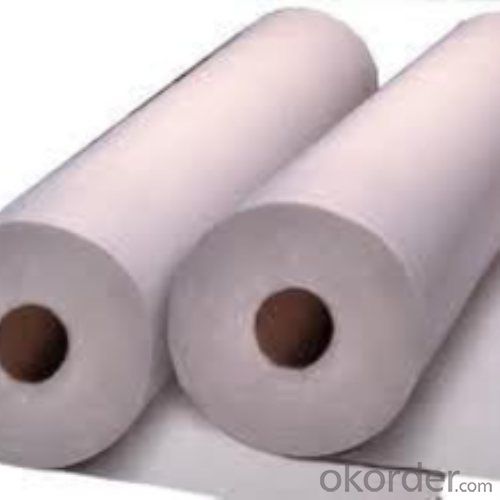
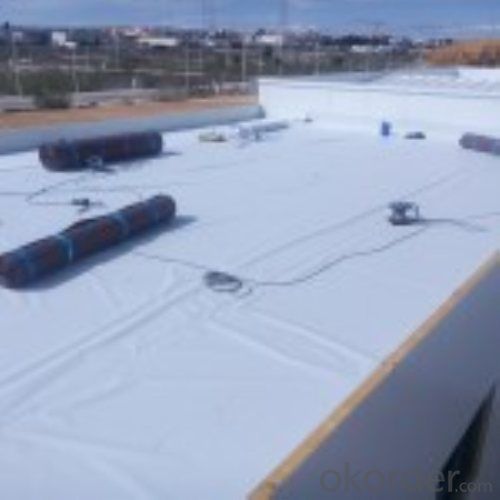
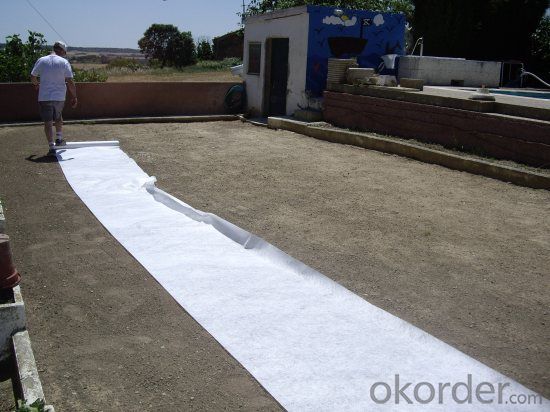
FAQ:
1. What are we supplying?
We are specialized in producing .geotextile , geocell, geogrid, geomembrane
2. How Many years experience do we have?
We have been exported to more than 15 countries in the past 10 years.
3. How long do we usually reply your request?
We always reply our customer within 12 hours.
- Q: What is geotextile cloth?
- Geogrid, geotextile, geomembrane manufacturers, specializing in the production
- Q: 500 polypropylene geotextile detection index
- GB Unit Area Quality: 500g per square, mass deviation% -6 Thickness mm3.6 Thickness deviation% 15 Width m0-6m Width deviation% -0.5 Fracture strength KM / m16 Elongation at break% 25-100CRB Breaking strength KN2.7 Equivalent pore size 0.07-0.2 torn strength KN0.42 geotextile material manufacturer details
- Q: Can geotextiles be used in rockfall protection works?
- Yes, geotextiles can be used in rockfall protection works. Geotextiles are often used as a form of erosion control and soil stabilization, and they can also be effective in mitigating rockfall hazards. By installing geotextiles on slopes or embankments, they can help to absorb the impact of falling rocks, prevent the rocks from gaining momentum, and reduce the risk of damage or injury caused by rockfall.
- Q: Can geotextiles be used for reinforcement of railway tracks?
- Yes, geotextiles can be used for reinforcement of railway tracks. Geotextiles can provide stability and prevent the deformation of railway tracks by distributing loads and reducing stress on the subgrade. They can also improve drainage and prevent the intrusion of fine particles, enhancing the overall performance and lifespan of railway tracks.
- Q: What are the key considerations for geotextile installation in cold climates?
- Some key considerations for geotextile installation in cold climates include selecting a geotextile that is suitable for low temperatures, ensuring proper ground preparation and compaction to prevent frost heaving, using appropriate installation techniques such as anchoring or weighting the geotextile to prevent movement, and considering the potential for snow accumulation and its effects on the geotextile's performance. Additionally, monitoring and maintenance during winter months is crucial to address any potential damage caused by freezing and thawing cycles.
- Q: Are geotextiles suitable for use in geocells?
- Yes, geotextiles are suitable for use in geocells. Geotextiles are often used as a containment system within geocells to prevent soil erosion, reinforce the structure, and improve overall stability. They provide excellent filtration and drainage properties, making them an ideal choice for geocell applications.
- Q: How are geotextiles recycled?
- Geotextiles are typically recycled through mechanical and thermal processes. Mechanical recycling involves shredding the used geotextiles into smaller pieces, which are then processed into new products such as erosion control blankets or construction materials. Thermal recycling, on the other hand, involves subjecting the geotextiles to high temperatures which break down the material into its constituent components for reuse in other applications. Both methods help reduce waste and promote sustainability in the geotextile industry.
- Q: I'm looking for the fabric that goes between gravel and the ground (for a gravel driveway).
- you can get this at wicks do it all (now focus) or any good building merchants
- Q: Such as the title, the drawings are written on the weaving geotextile, the list is written on the blended geotextile cloth laying / 120g / m2 weaving geotextile, who can tell ah !!!!!!!!!! Urgent more
- Or geotextile ah
- Q: How do geotextiles help in preventing the migration of fine particles in soils?
- Geotextiles help in preventing the migration of fine particles in soils by acting as a barrier or filter that allows water to pass through while retaining the particles. This prevents the particles from being eroded or washed away by water flow, thereby stabilizing the soil and reducing the risk of erosion.
Send your message to us
Spunbond PP/PET Needle Punch Geotextile for Architectural Engineering
- Loading Port:
- Qingdao
- Payment Terms:
- TT or LC
- Min Order Qty:
- 5000 m²
- Supply Capability:
- 100000 m²/month
OKorder Service Pledge
OKorder Financial Service
Similar products
Hot products
Hot Searches
Related keywords
